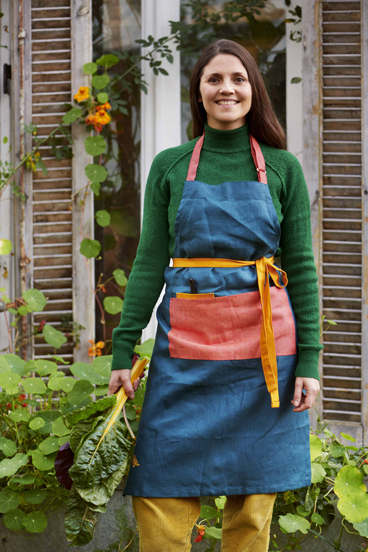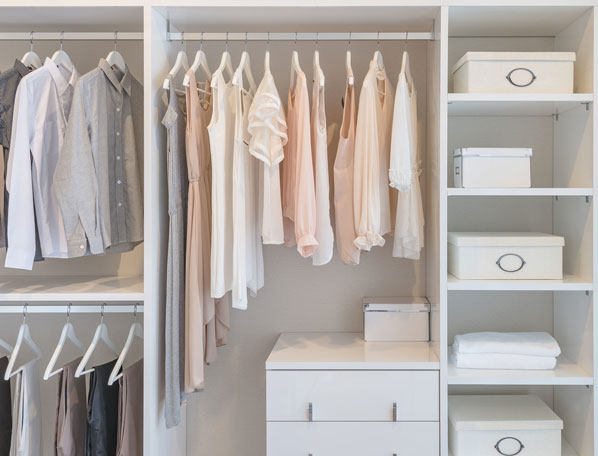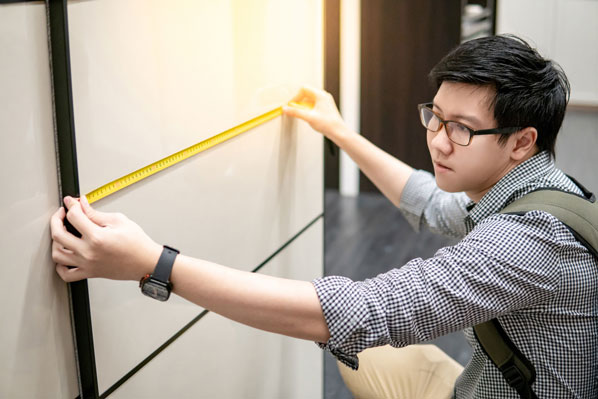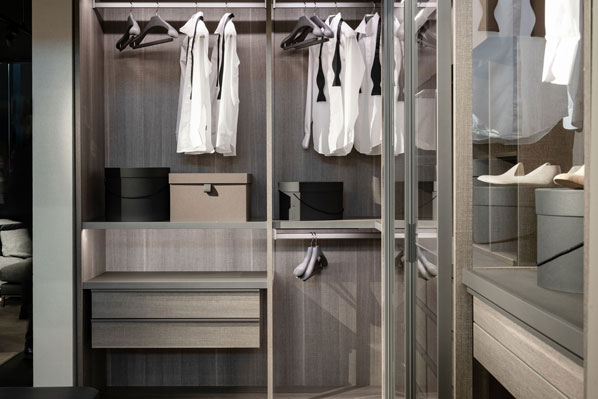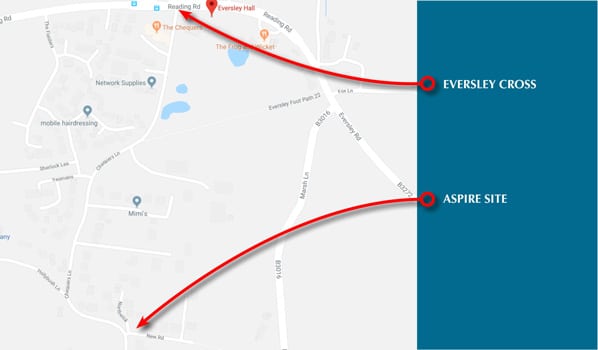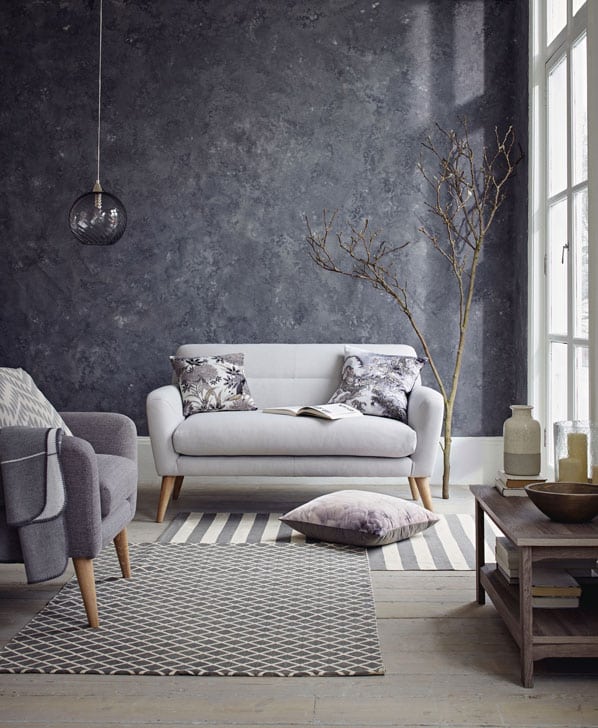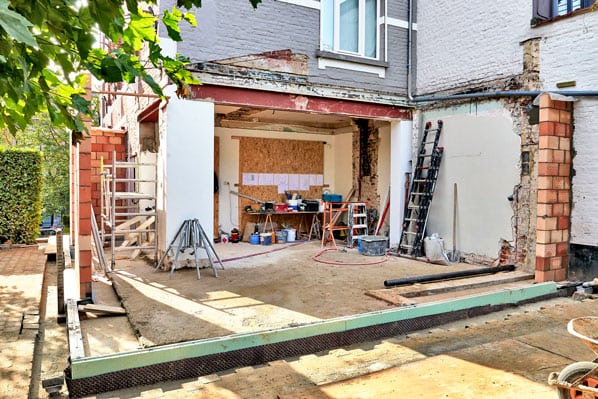Imelda May has said filming the Fisherman’s Friends sequel was an “eye-opener” regarding the impact of second homes in Cornwall, adding: “It needs to be addressed.”
The Irish singer-songwriter, 48, marks her acting debut playing Aubrey Flynn in the film alongside returning stars James Purefoy and Maggie Steed.
She told the PA news agency that Fisherman’s Friends: One And All was shot during lockdown, forcing the cast to film many of the scenes outside.
“It actually became a love story to Cornwall,” she said.
“Where we probably would have done a lot of the scenes inside, we had to do them standing on the edge of the cliff, looking out to sea.
“When you watch it, the cinematography and the landscapes are breathtakingly beautiful, and I think that added all the more to it.
“It’s just stunning when you see it, it’s such a glorious place, but it really shows it off to its heights.”
May said people needed to add to the “community spirit” in Cornwall rather than “taking away from it” in reference to the abundance of second homes.
She said: “I did notice when we started filming because of the lockdown, I could see how much of the village was in darkness. There was nobody, I could see that.
“As lockdown started to lift a little you could see all the lights come on, and I could see that people were just coming to the second home.
“So that was an eye-opener for me that I could see a difference when it was just locals.
“It needs to be addressed. People need to be able to live in their own communities and not be pushed out because somebody wants a second or third home.”

She added that people “don’t need a home to enjoy an area”.
May said: “I go on tour to a lot of places and I love to find local villages and local people, but the only way to do that is to support the locals.
“You can go and rent one off somebody who already lives there or I love going back to old-fashioned bed and breakfasts where you actually get to meet people and you get the best tips.
“It’s community spirit and if you do that you’re adding to the community and you’re adding to the area rather than taking away from it.”
Fisherman’s Friends was inspired by a Cornish sea shanty singing group who performed in their home town of Port Isaac in 1995, before going on to secure a record deal with Universal Music’s Island Records in 2010.
The sequel Fisherman’s Friends: One And All comes out on August 19
Article By Ellie Iorizzo and Rachael Davis, PA


